

New features
The PLA is making an all-out effort to ensure that the parade is a huge success, according to Major General Wang Shun, deputy chief of staff of the PLA Beijing Military Command and deputy director of the Office of the PLA Parade Joint Command.
Flag bearer Zhang Hongjie will take part in the Sept 3 grand parade. [Photo by Zou Hong/China Daily]
A total of 50 units, 40 on the ground and 10 in the air, will represent the PLA.
Among the ground units, two will be composed of war veterans and their descendants, 11 will be serving members and 27 will feature military hardware, including many new weapons that have never been publicly displayed before, Wang said.
The overall plan for the parade was made at the beginning of the year, he said.
During previous military parades on Tian'anmen Square, groups were organized based on their affiliation to each service branch. For example, ground force equipment units would be in a group, with naval weapons units in another group.
By comparison, groups for the coming parade will be formed in accordance with their role in a joint combat operation in the event of war, according to the major general.
"For instance, if several units' equipment is to be used in an air defense operation, then these units will be in one group, no matter whether they are from the ground force or the Second Artillery Corps, the PLA's strategic missile force," Wang explained.
"This arrangement aims to highlight the trend for placing all the services under one unified command during joint operations in the future."
Senior Colonel Liu Shixu, deputy chief of staff of the PLA Beijing Garrison Command and training supervisor of the marching units, said the first unit in the parade will be the PLA Guard of Honor. That will be followed by serving elite soldiers from 10 military units that hold distinguished records from the War of Resistance against Japanese Aggression. At the front of each of the 10 units will be seven soldiers, each holding a flag dating back to the war.
The PLA Parade Joint Command has adopted several innovations to improve training, Wang said.
China's own global navigation and positioning network, the Beidou Navigation Satellite System, is being used to help synchronize the ground units' marching and driving pace. A parade simulation system was also developed to improve training, Wang added.
 |  |
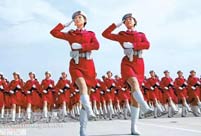 In pics: album of PLA grand military parades
In pics: album of PLA grand military parades Chinese tanks in National Day Parade
Chinese tanks in National Day Parade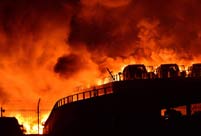 In pics: shocking aftermath of Tianjin blasts
In pics: shocking aftermath of Tianjin blasts
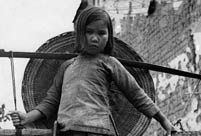 Indomitable Chinese people during WWII
Indomitable Chinese people during WWII
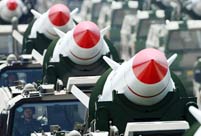 Awesome Chinese missiles
Awesome Chinese missiles Amazing photos of Chinese Air Force in parade
Amazing photos of Chinese Air Force in parade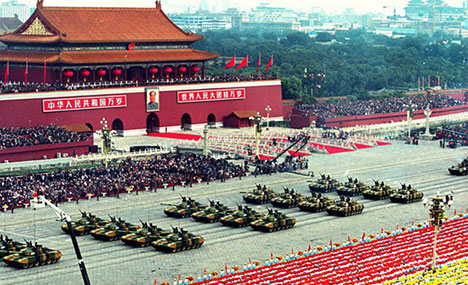 Chinese tanks in National Day Parade
Chinese tanks in National Day Parade Striking moments when strategic missiles are launched
Striking moments when strategic missiles are launched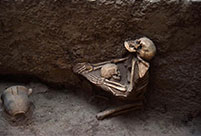 Shocking scenes found in 4000-year-old earthquake relic
Shocking scenes found in 4000-year-old earthquake relic China’s ethnic minority games
China’s ethnic minority games SDR extension may prompt more opening
SDR extension may prompt more opening Feng shui foundations
Feng shui foundations President Park’s China trip a logical choice
President Park’s China trip a logical choiceDay|Week